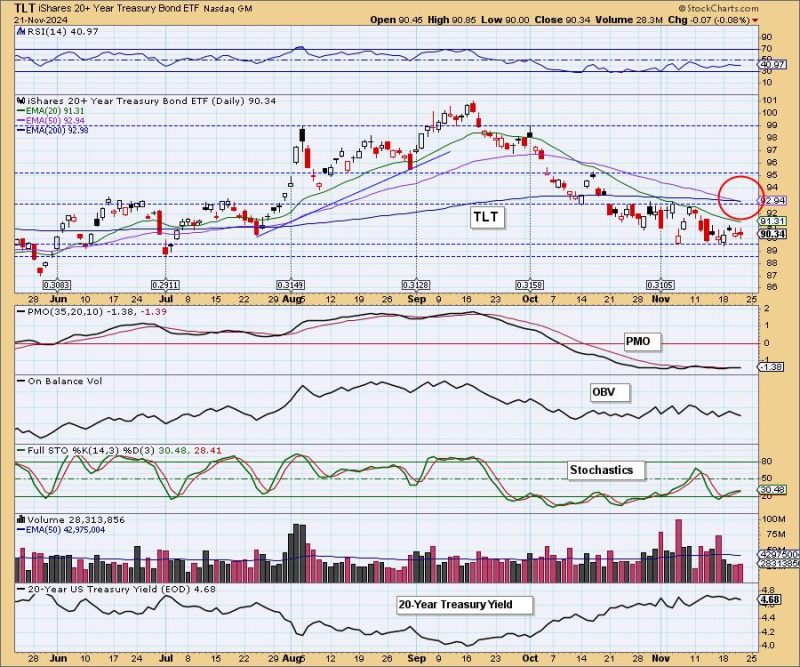In a surprising turn of events, bonds are currently experiencing a significant milestone that has caught the attention of many investors: the death cross sell signal. This occurrence, although rare in the bond market, has historically been a reliable indicator of potential changes in market sentiment and price trends. Let’s delve deeper into what the death cross sell signal signifies and its implications for bond investors.
The death cross sell signal is a technical analysis term used to describe a situation where the short-term moving average of a bond’s price falls below its long-term moving average. This event is significant as it suggests a shift towards bearish sentiment and potential downward momentum in bond prices. With bonds being a crucial component of many investment portfolios, the emergence of a death cross sell signal can be a cause for concern for investors seeking stable returns and capital preservation.
One key implication of the death cross sell signal is its potential impact on investor behavior. As news of the signal spreads, it may lead to increased selling pressure from investors looking to exit their bond positions in anticipation of further price declines. This selling activity can trigger a domino effect, causing bond prices to drop further and yields to rise as demand weakens.
For investors who rely on bonds for income generation and portfolio diversification, the death cross sell signal may prompt a reassessment of their investment strategies. In a rising interest rate environment, bond prices tend to move inversely to interest rates, meaning that as rates increase, bond prices typically fall. This dynamic can erode the value of bond holdings and reduce the attractiveness of fixed income investments in the short term.
Additionally, the death cross sell signal may point to broader economic concerns that could impact bond performance. For instance, a weakening economic outlook or rising inflationary pressures could lead to further declines in bond prices and increased market volatility. Investors will need to stay vigilant and monitor macroeconomic indicators to navigate the evolving market landscape effectively.
In conclusion, the emergence of the death cross sell signal in the bond market serves as a cautionary reminder for investors to stay vigilant and adaptable in response to changing market conditions. While the signal itself does not guarantee future outcomes, it underscores the importance of risk management and diversification in protecting investment portfolios from potential downside risks. By staying informed and proactive, investors can position themselves to navigate the complexities of the bond market and make sound investment decisions in pursuit of their financial goals.

